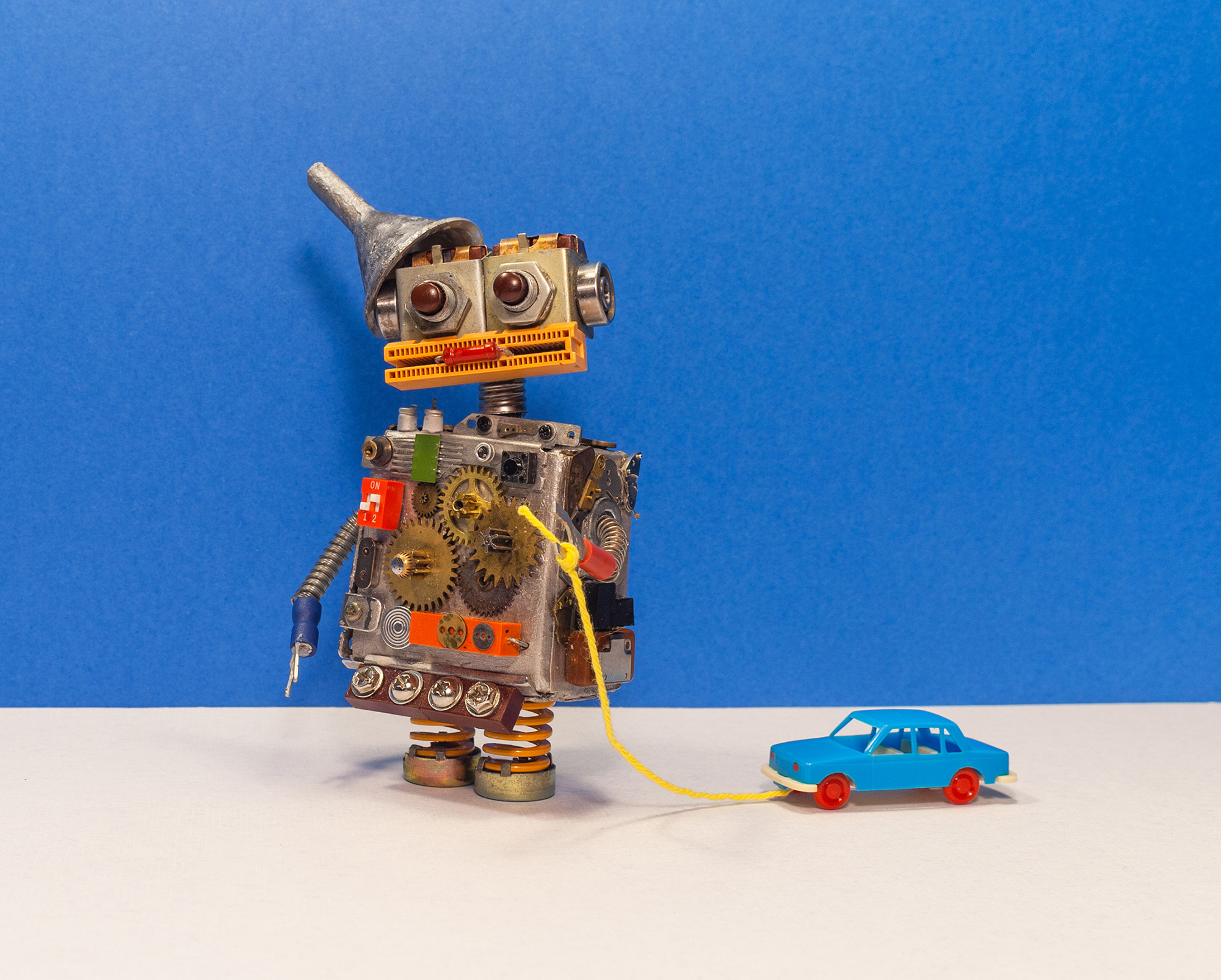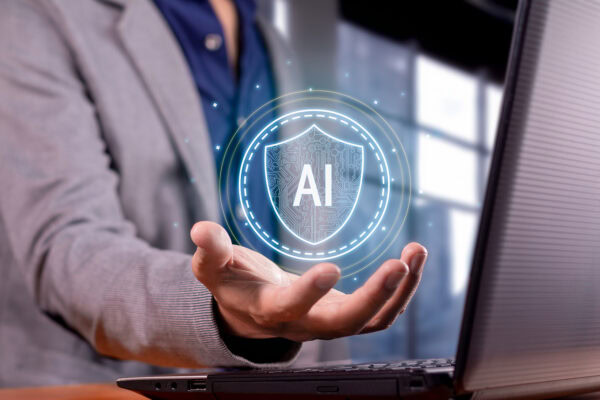Welcome to the Metaverse – Part 2

This is the second in a series of articles about the Metaverse. This article will be more useful if you read PART 1 first. The term metaverse is being tossed around casually in today’s news headlines so, for clarity, EO Advisor is using this definition:
- The “metaverse” refers to a world where metadata running through the cloud enhances human activities in real-time.
- The metaverse is divided into two forms; Virtual Reality (VR) which is enhanced gaming experiences and Augmented Reality (AR) which is enhanced experiences for real-world activities.
EO Advisor intends to focus more on AR because that is where our readers are going to experience changes that apply to the workplace.
Telematics: Driving in The Metaverse
Before prognosticating about the AR metaverse coming into our workplace, it’s helpful to understand how deeply the metaverse is already embedded in our lives. Driving is a good place for that discussion.
AR Pre-Metaverse:
The moment that cars got simple things like gas gauges, speedometers, and radios, the driver started to benefit from an experience enhanced by data. Even before computers, analog solutions were providing some level of augmented reality. As the electronic aspects of a car became more sophisticated, the auto industry adopted the term “telematics.”
Safety airbags are a good example of augmented reality before the metaverse. Real-time data tells an onboard computer that the car is in the first micro-seconds of a collision and the airbags are deployed. That’s a stunning use of data in real-time to enhance the driver’s experience. In this case, possibly saving their life. Rearview cameras and other sensors now augment the experience of parallel parking.
Parallel parking is a simple but strong example of AR changing our lives in a positive and seamless way. For the most part, none of us pro-actively decided to shift into a world where AR improved driving, AR just emerged organically.
Telematics Meets the Metaverse:
Before the metaverse, telematics leveraged only the data provided by the car itself. When smartphones using 4G bandwidth and GPS satellites became commonplace, telematics entered the metaverse.
The obvious leader in this area is Google with the Waze driving app. Waze has 140 million users in 38 countries. In the USA, Waze has 30,000,000 monthly users.

Source: Intelligent Transport
Waze is aggregating billions of data points from millions of cars and using that data to dramatically improve each individual driver’s experience in real-time.
New users of Waze start by using it for mapping directions only. Over time, most drivers grow to use Waze more regularly, because of the real-time traffic alerts it provides which allow users to take a new route rather than get stuck in traffic that is starting to get jammed up miles ahead. This is especially true for commuters and commercial vehicle drivers. Many of these people become “Wazers” who take pride in spotting traffic hazards and reporting them with two quick clicks on the app.
For these reasons, Waze is a lot more than the best mapping tool for a long road trip.
- Within minutes of a highway accident, Waze “notices” that cars are slowing down or stopping. Very quickly, every driver using Waze who is behind the accident gets re-routed to the best exits and alternate routes. Before Waze, State Troopers needed to receive an emergency alert, get to the accident, decide which exit before the location of the accident is where the highway should be blocked, alert another State Trooper where to set up a roadblock, and then they can start guiding drivers stuck behind the accident to take the exit. Even then, drivers have no further information about where to go. With Waze, this process begins even before the State Troopers get the emergency alert.
- Proactively, the most engaged “Wazers” use the app to call attention to obstacles, road construction, potholes, speed traps, and accidents because they want to help their community of fellow drivers have a better and safer experience. In return, all users of Waze, even those who never report anything, get the benefit of the social network’s input.
- Almost every city has an expensive and cumbersome process for improving the flow of car traffic. Which streets should be one-way, how should the traffic lights be timed, where should traffic cops be placed and when should they be there? Research that used to take years is now provided daily. Traffic light timing on city blocks might have been revised once every few years before the metaverse, now cities can change the timing of traffic lights multiple times per day using real-time data.
- Every type of first responder who deals with car accidents is acutely aware of their own risks from on-coming drivers who are not aware of the problem ahead. These folks appreciate Waze. Waze warns drivers to slow down far sooner than cones and flashing lights at the accident can be seen by the drivers. Even drivers without Waze start slowing down because of the Waze-driven cars.
It’s normal human behavior to resist change. When Google bought Waze in 2013, the concerns about distracted drivers and the more formal complaints by police departments reached a crescendo.
Despite the negative hype, the acceptance of Waze became widespread even as laws were passed against texting while driving. For every lost opportunity to write a speeding ticket, there are dozens of times when a cop cruising a dark and rainy highway is safer and more effective because of Waze.
Getting far less attention in the news, Waze launched the Connected Citizens Program (CCP) in 2014. CCP is a free data-sharing program used by thousands of governments, departments of transportation, and municipalities for traffic analysis, road planning, and emergency response. Every type of first responder is able to share and receive data that makes their job easier and the citizens safer…and they get all of this information in real-time for free!
This is augmented reality at its best, and a clear example of the metaverse improving driving for everyone.
The Future: The Car Becomes a Workplace
It feels like the future of driving is already here. TV commercials show cars breaking urgently by themselves and drivers taking their hands away from the steering wheel while driving on the highway.
Autonomous driving seemed like science-fiction just a few years ago. Now, the marriage of many on-board cameras gathering immense amounts of data becoming seamlessly integrated with real time traffic and road conditions data sourced from the metaverse makes autonomous driving relatively easy to imagine in our near future.
As driving becomes more autonomous, the automobile can evolve to be the next version of the home office.

Source: Electrek
Imagine being a general contractor. You practically live in your Ford F-150. In your office, you have business software for tracking invoices, expenses, payments, projects, and everything else – if you are tech-savvy, Salesforce is a very useful tool. Unfortunately, everything you do on Salesforce has to wait for “desk-time” because you are on-site and on the road all day.
Let’s say the general contractor has four homes (and four clients) that are in different phases of their build-out. It’s a lot to juggle. Imagine if everything you need to juggle all day long and all of the “paperwork” you needed to do in the office is merged together.
Salesforce has partnered with Ford to support Ford’s new telematics resources for small businesses like farmers, contractors and small fleet operators. Salesforce is already integrated with Home Depot and thousands of other retailers. So, the near future will give that general contractor a new Ford F-150 with a large LED screen that integrates all of his business management software and it can all be voice-activated.
Talk about workplace mobility
The growth of e-vehicle pick-up trucks might be overhyped right now (too little range and too long to recharge) but the growth of telematics that seamlessly integrates all of the fieldwork and all of the office work for a general contractor appears to be right around the corner.
As driving becomes autonomous, our hard-working general contractor will be focused on getting his office work done while his vehicle is focused on getting him to his next location.
Welcome to the metaverse. If the metaverse is changing driving this quickly, how far away can profound changes to the workplace environment be? We will explore that question in the next edition of “Welcome to The Metaverse.” If you have ideas or questions you want us to consider, let us know.


